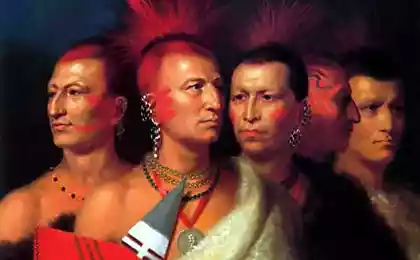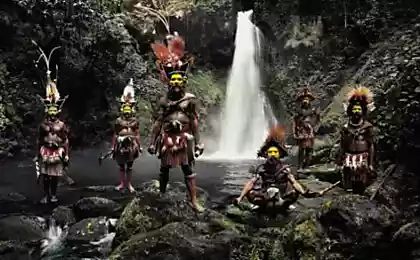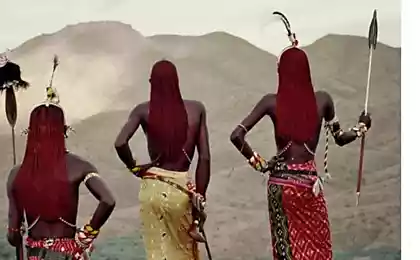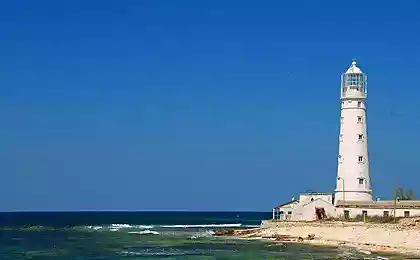1031
"Before they disappear": photographs of the last of the tribes remaining on Earth
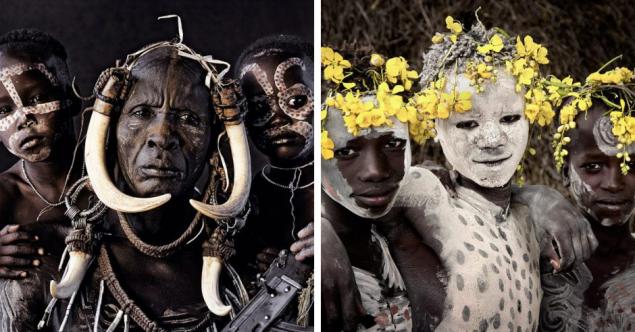
Photographer Jimmy Nelson has spent the last years exploring the most remote places on Earth to make these mind-blowing photos of representatives of the vanishing tribes. Many indigenous peoples are losing the struggle for survival in the era of a society obsessed with "progress" and "economic achievements". They are losing territory, no land for grazing, without scaffolding, which is always hunted. However, some manage to preserve their traditional way of life.
The website publishes a selection of photo portraits of the two dozen tribes.
Tribe Asaro, Indonesia and Papua New Guinea
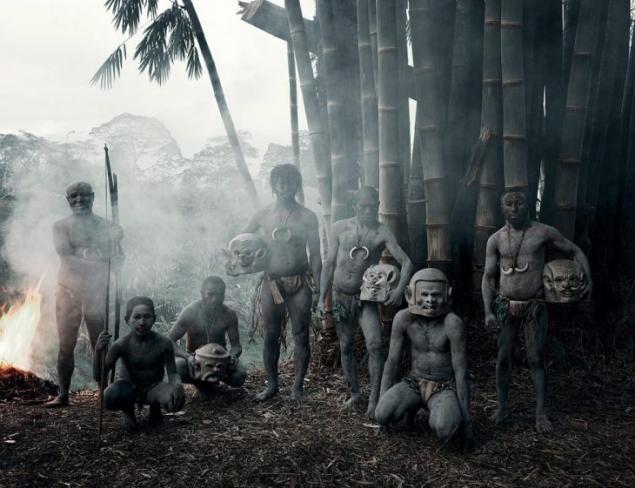
Photo source: Cameralabs.aldasoro mudmen ("People of the river Asaro, covered with mud") first met with the Western world in the mid-20th century. Since time immemorial these people izmenyayutsya dirt and wear masks to strike fear into the other villages.
"Individually they are all very nice, but since their culture is under threat, they are forced to fend for themselves" — Jimmy Nelson
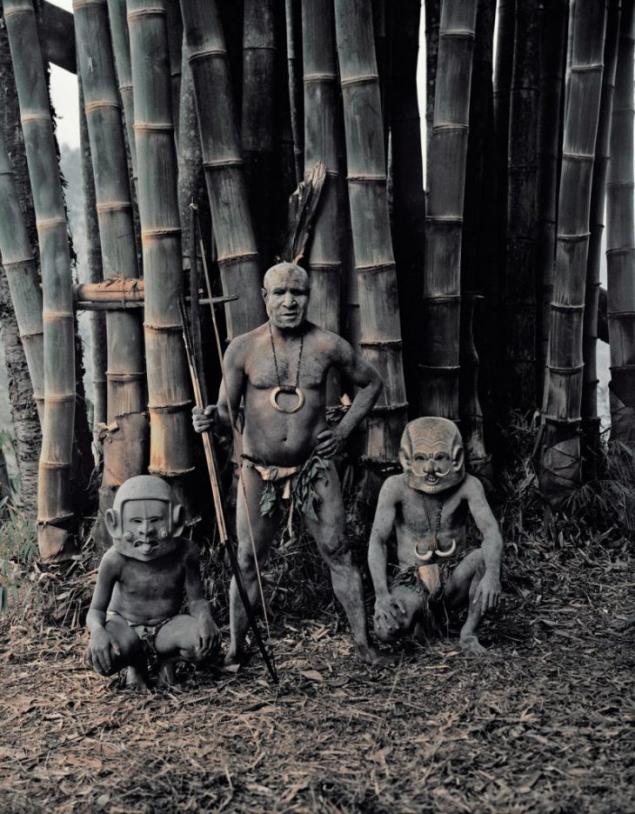
Tribe Chinese fishermen, Guangxi, China
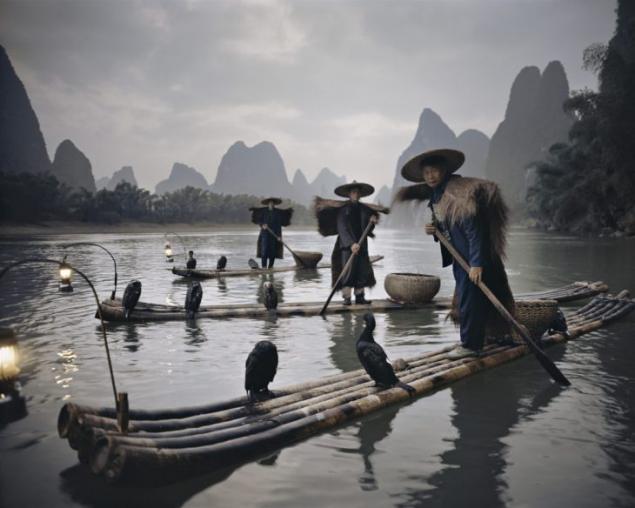
Fishing with cormorants is one of the oldest ways of fishing with waterfowl. So they didn't swallow the catch, the fishermen tied their necks. Small fish cormorants can easily swallow, and large bring home.
Maasai, Kenya and Tanzania
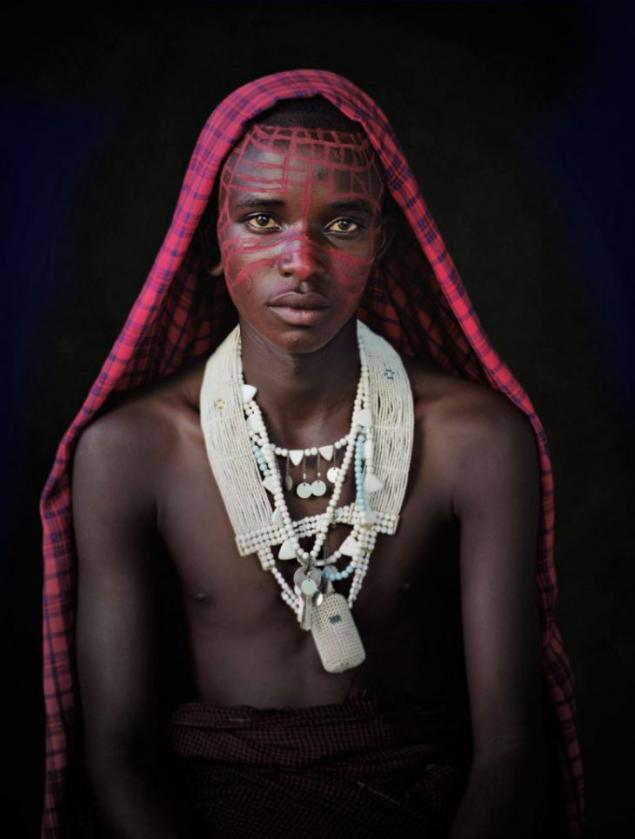
This is one of the most famous African tribes. Young Maasai pass through a series of rituals to develop responsibility, become men and soldiers learn to protect livestock from predators and to provide security for their families. Thanks to the rituals, rites and teachings of the elders they become real brave. The Central place in the culture of the Maasai is cattle.
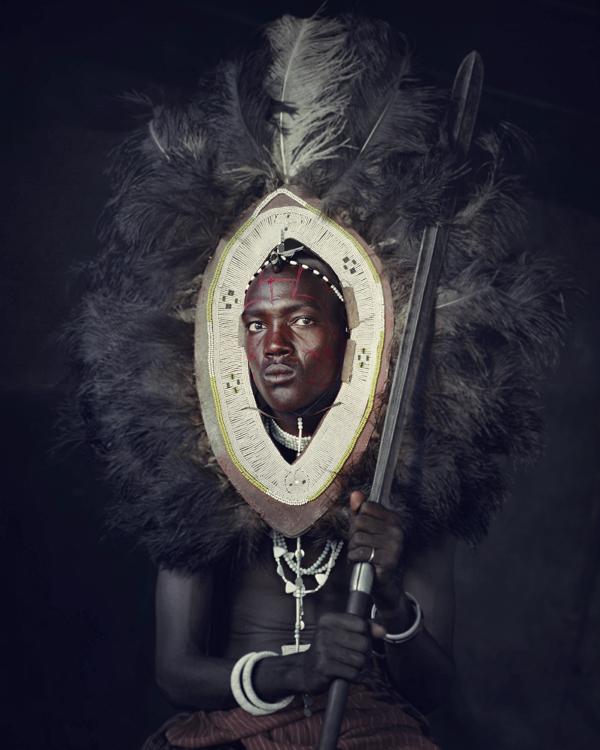
The lions run faster than us, but we run on."
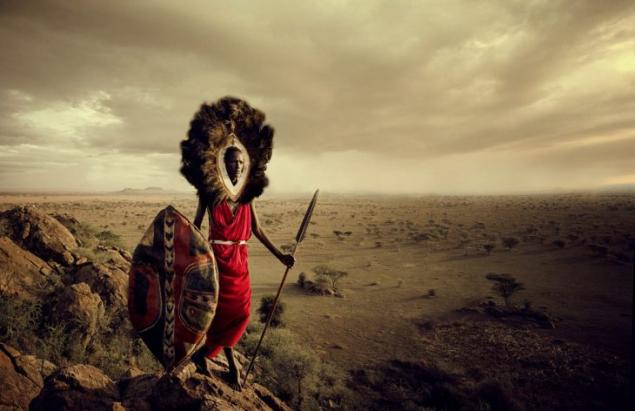
Nenets, Siberia — Yamal
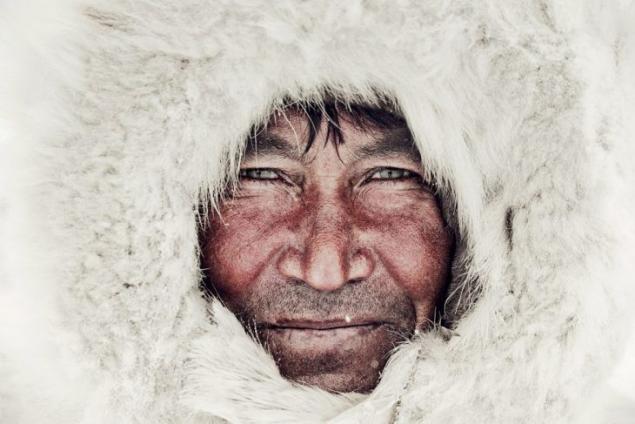
The traditional occupation of the Nenets reindeer herding. They lead a nomadic life, moving through the Yamal Peninsula. For over a Millennium, they survive in temperatures up to minus 50°C. the route of the annual migration length of 1000 km is through the frozen river Ob.
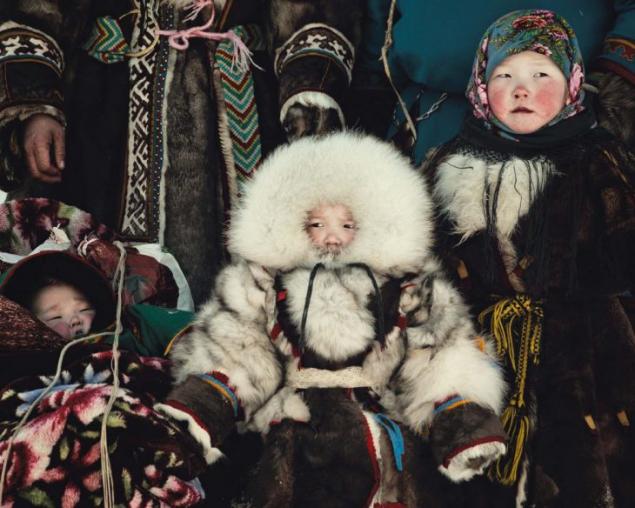
"If you don't drink warm blood and eat fresh meat, you are doomed to die in the tundra".
The korowai people, Indonesia and Papua New Guinea
Korowai are one of the few Papuan tribes that do not wear kotecki, peculiar cases of the penis. The men of the tribe are hiding their penises, tightly tying their leaves together with the scrotum.
Korowai hunter-gatherers, living in tree houses. This nation severely divided the rights and duties between men and women. Their number is estimated at about 3,000 people. Until the 1970s years, the korowai were confident that other Nations in the world.
The Yali tribe, Indonesia and Papua New Guinea
Yali live in the virgin forests of the highlands and is officially recognized as pygmies, with gains in men is only 150 centimeters. Koteka (box of pumpkins for penis) is a part of traditional clothing. It is possible to determine a person belonging to a tribe. Yali prefer long thin kotecki.
Karo Tribe, Ethiopia
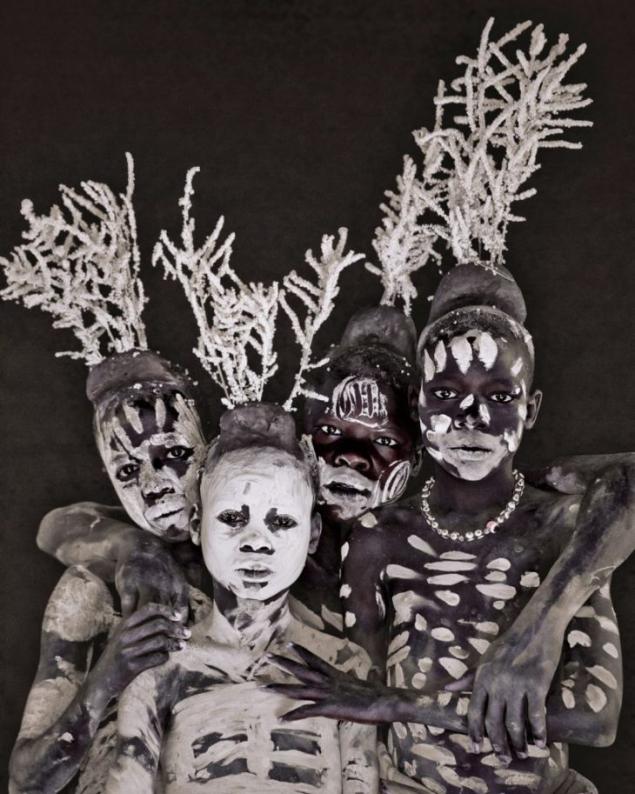
The OMO valley, located in the great rift valley of Africa, is called home to approximately 200,000 indigenous peoples who have inhabited it for millennia.
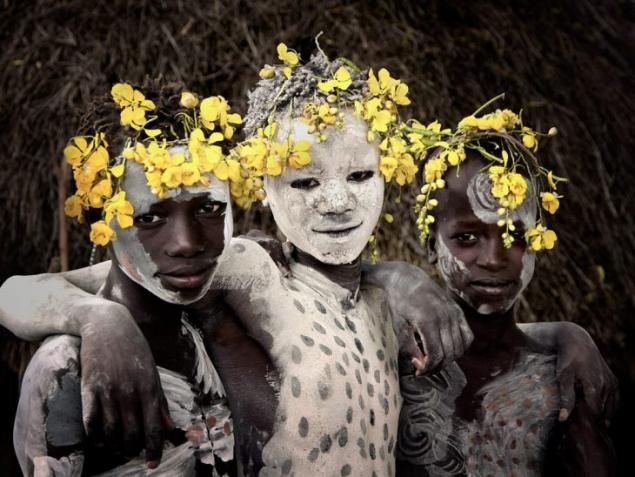
Here the ancient tribes traded among themselves, offering each other the beads, food, cattle and cloth. Not so long ago in turn entered guns and ammunition.
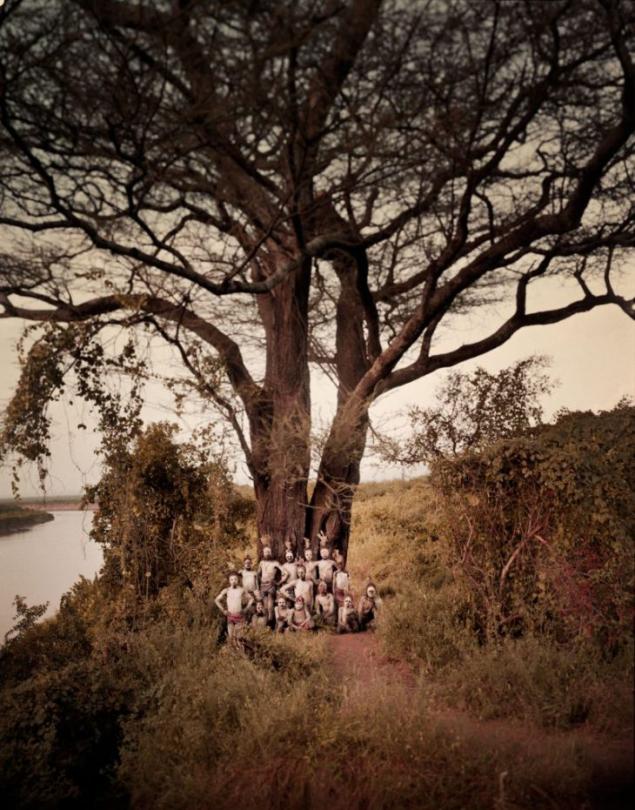
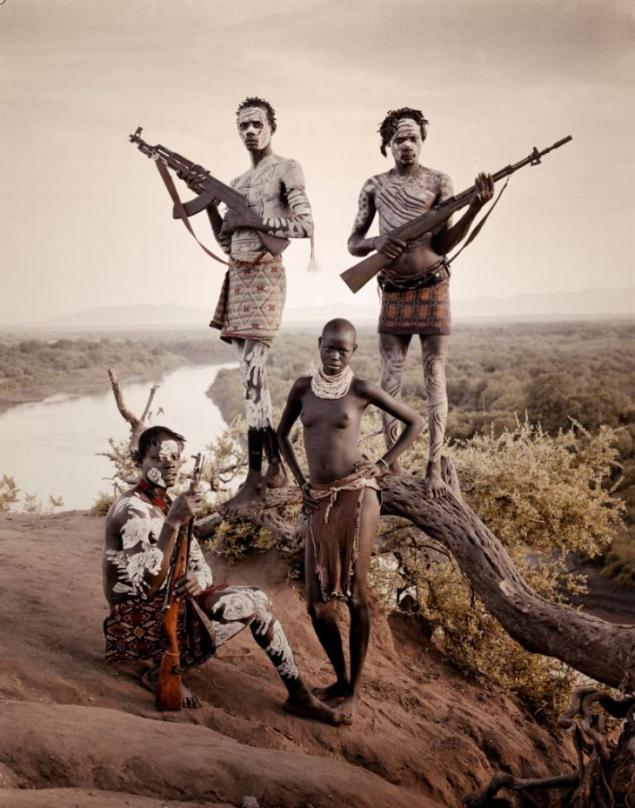
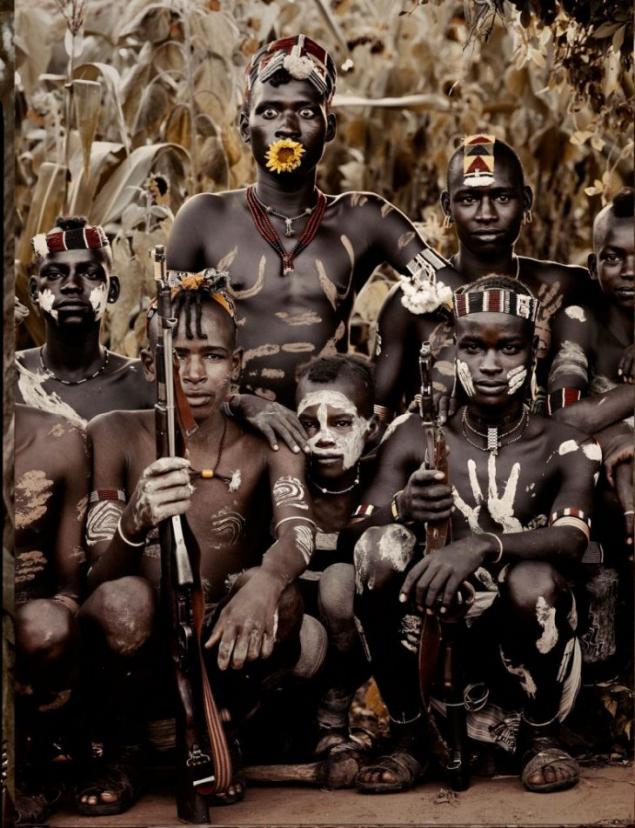
Tribe of dassanech, Ethiopia
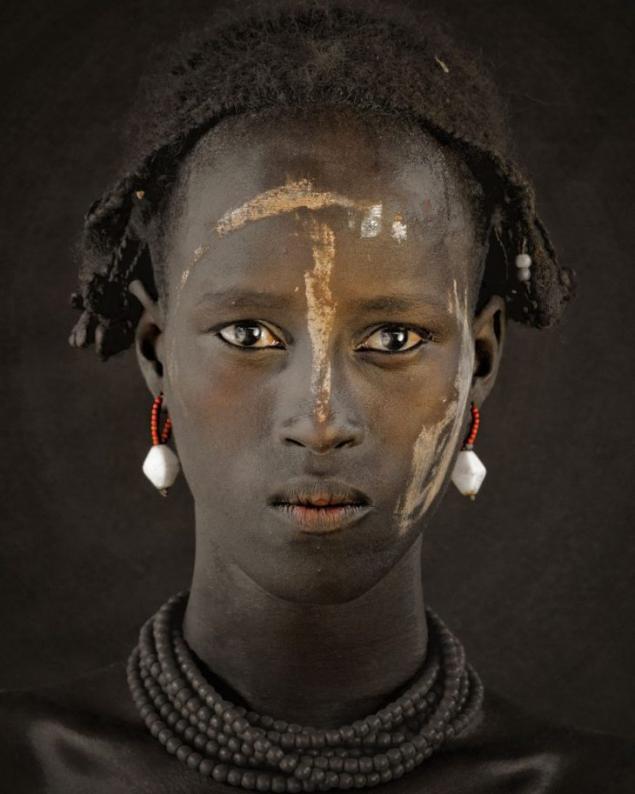
This tribe is characterized by the absence of strictly defined ethnicity. To prevent dasanech can person of almost any origin.
Guarani, Argentina and Ecuador
For thousands of years the Amazonian rain forest of Ecuador was home to the Guarani people. They consider themselves the bravest of the indigenous group in the Amazon basin.
Tribe of Vanuatu, the island of RA Lava, Torba province
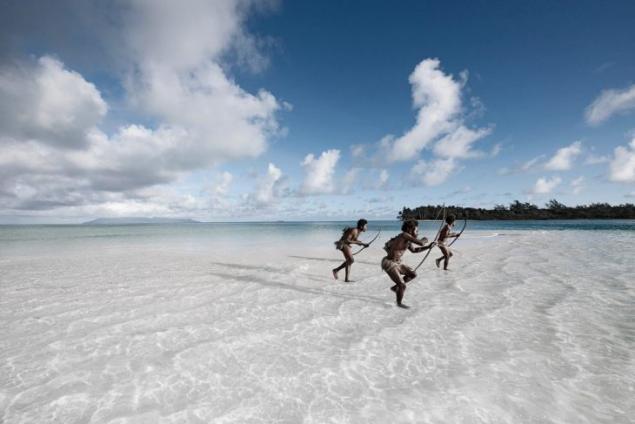
Many people in Vanuatu believe that wealth can be achieved through ceremonies. Dance is an important part of their culture, so in many villages there is a dance floor called nasara.
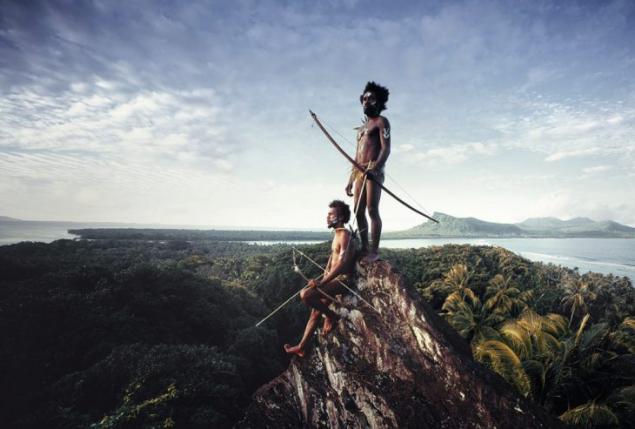
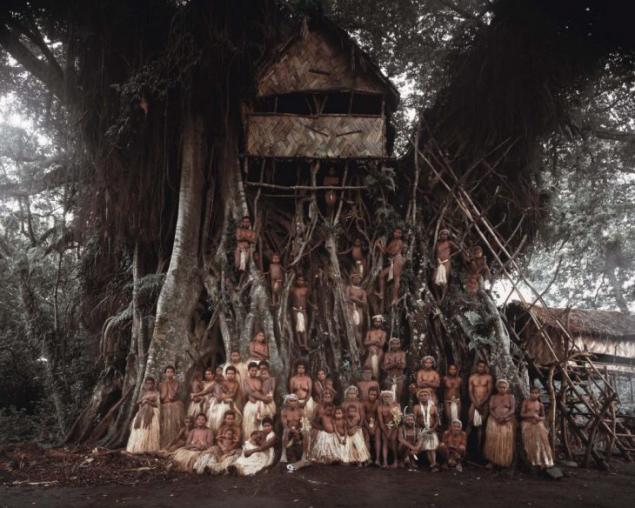
The Ladakhi tribe, India
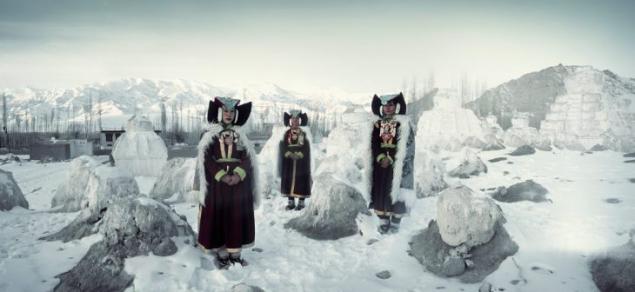
The Ladakhi share the beliefs of their Tibetan neighbors. Tibetan Buddhism, mixed with images of ferocious demons from the pre-Buddhist Bon religion is the basis of the beliefs of the Ladakhi over thousands of years. The people living in the Indus valley, is engaged primarily in farming, practicing polyandry.
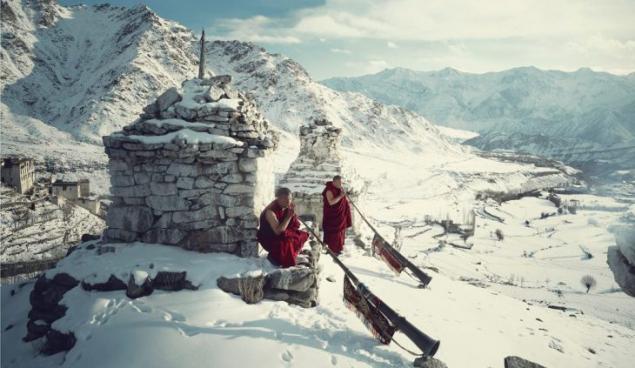
The Mursi tribe, Ethiopia
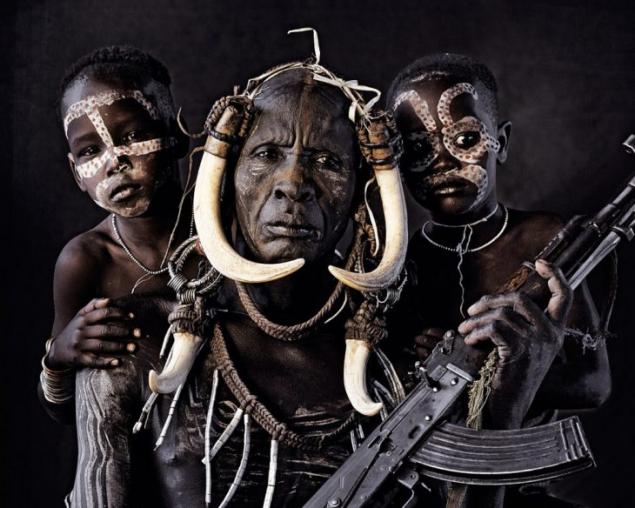
"Better to die than to live without killing".
Mursi pastoralists-farmers and successful warriors. Men are horseshoe-shaped scars on the body. Women also practice scarification, and put the plate in the lower lip.
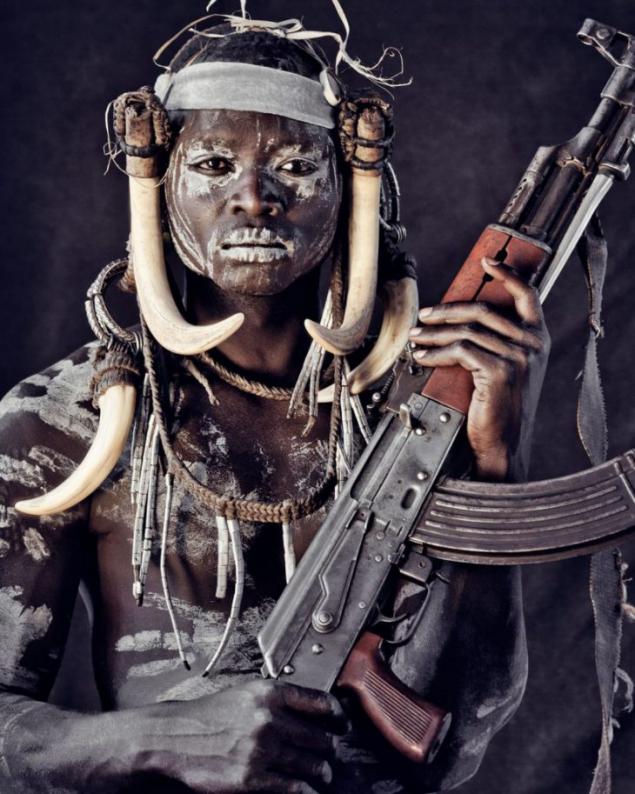
Tribe rabari, India
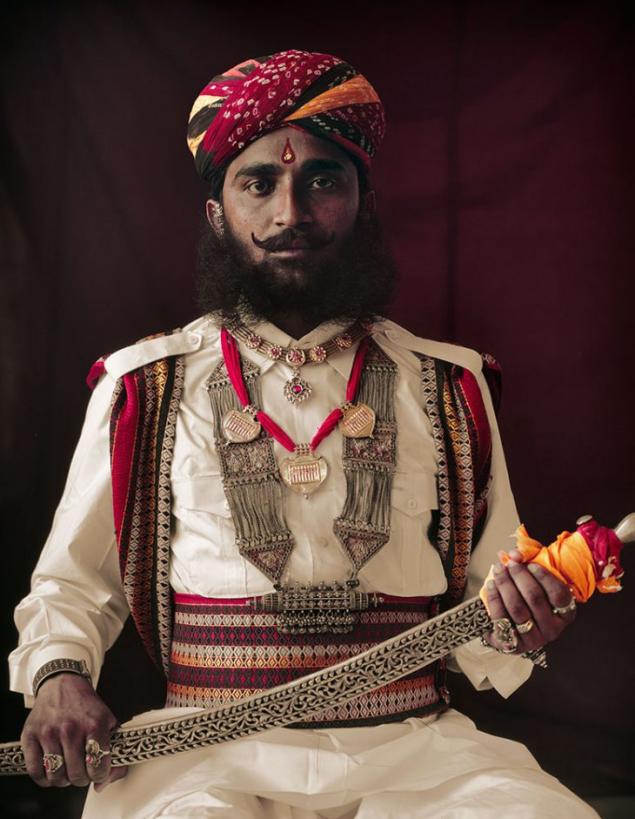
1000 years ago, the tribe rabari already roamed the deserts and plains, which today belong to Western India. Women of this people dedicate long hours embroidery. They also manage the hamlets and decide all money matters, and men herding flocks.
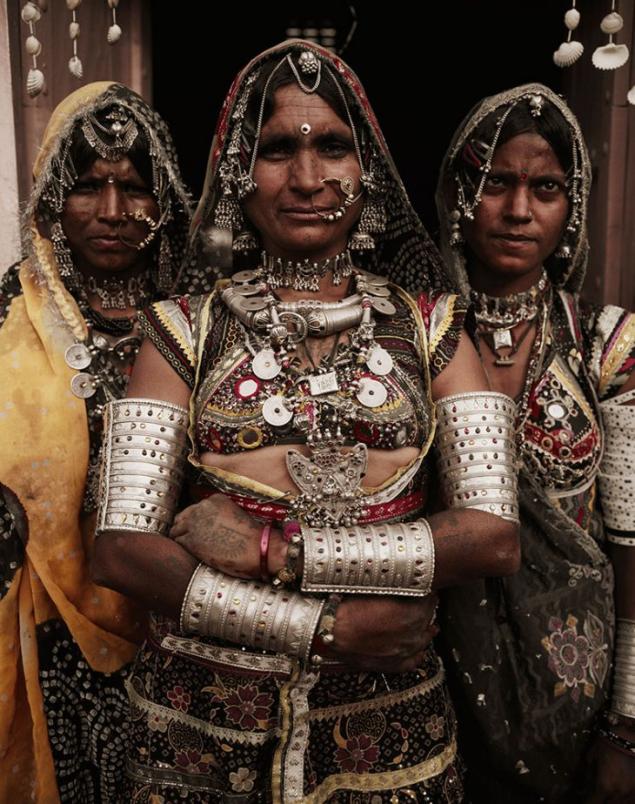
The Samburu tribe, Kenya and Tanzania
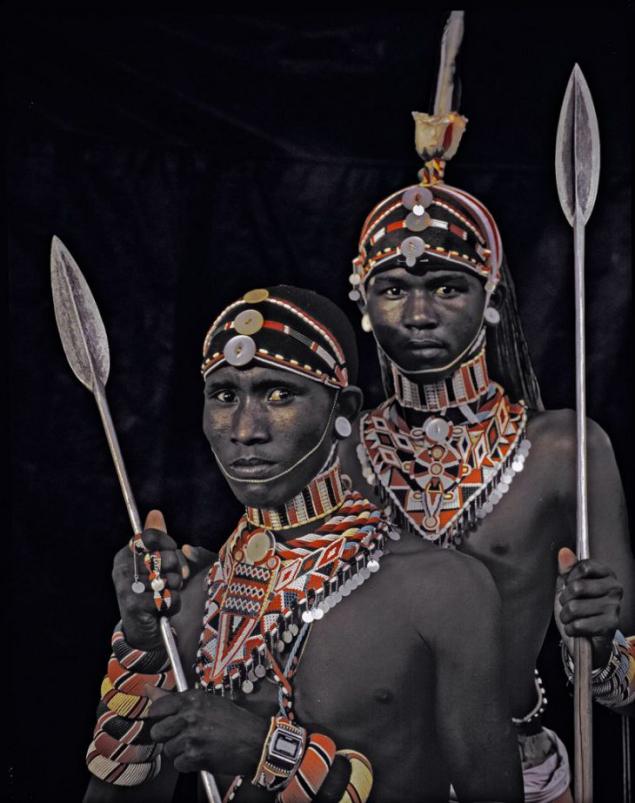
Samburu semi-nomadic people who moved from place to place every 5-6 weeks to ensure that pastures their cattle. They are independent and far more traditional than the Maasai. In the Samburu society reigns equality.

The Mustang tribe, Nepal
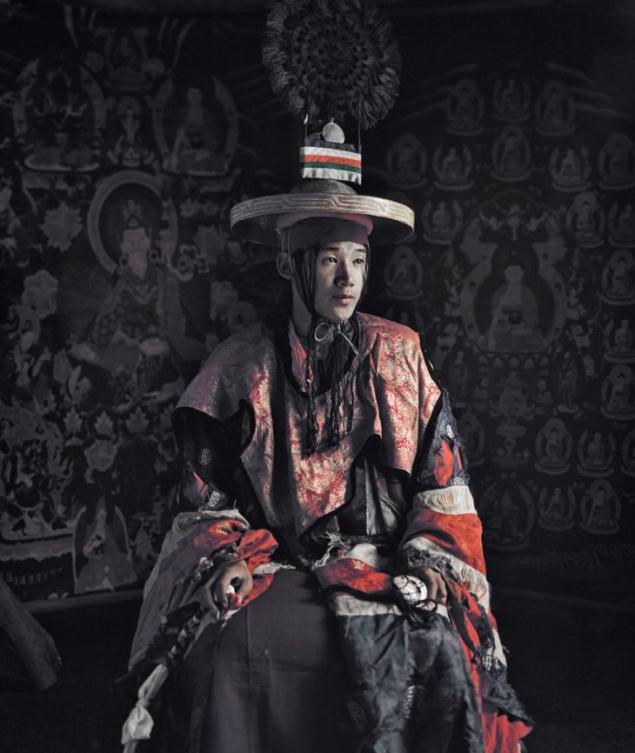
Most of the representatives of the people in Mustang still believe that the world is flat. They are very religious. Prayers and celebrations — an integral part of their lives. The tribe stands out as one of the last truly preserved to the present day Tibetan culture. Until 1991 no outsiders were not allowed in their environment.
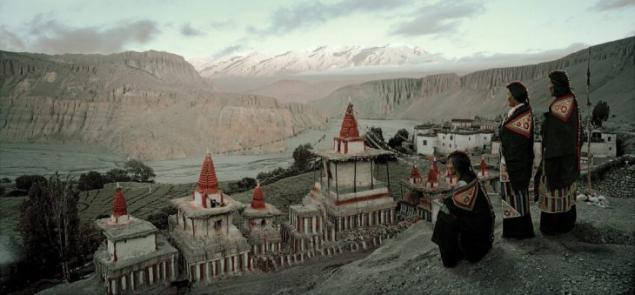
The Maori tribe, New Zealand
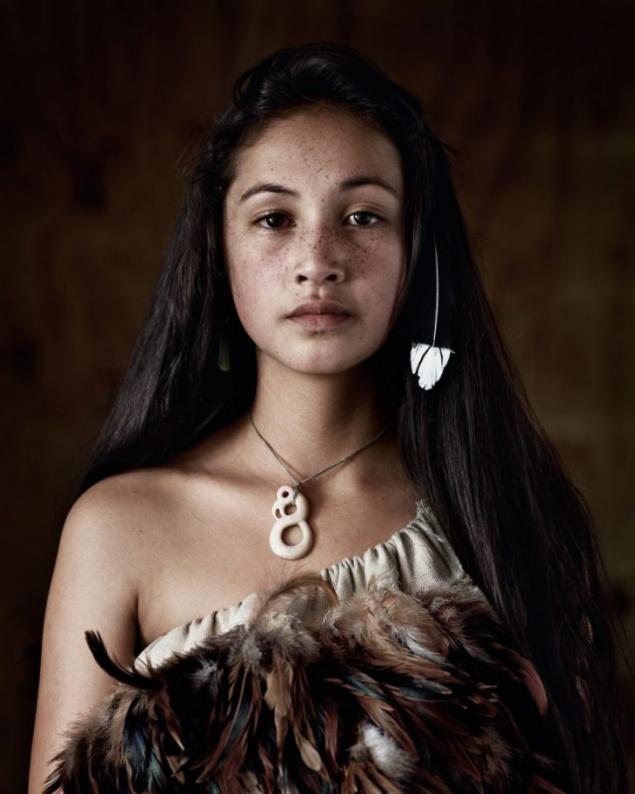
"My language is my awakening, my language is the window of my soul".
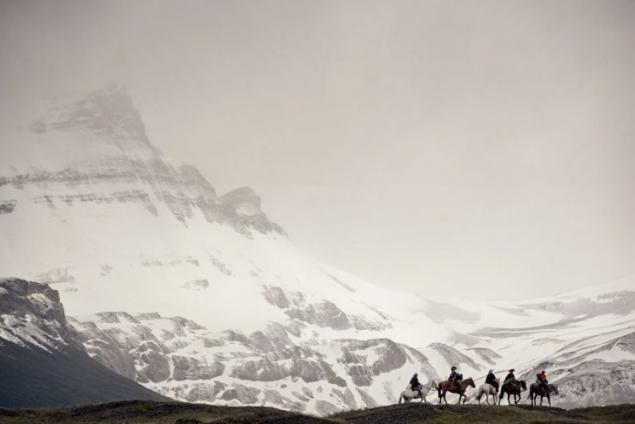
— Maori adherents of polytheism, worship of many gods, goddesses and spirits. They believe that ancestral spirits and supernatural beings is omnipresent and assist the tribe in difficult times. In originated in ancient times myths and legends of the Maori reflected their ideas about the creation of the Universe, the origin of gods and men.
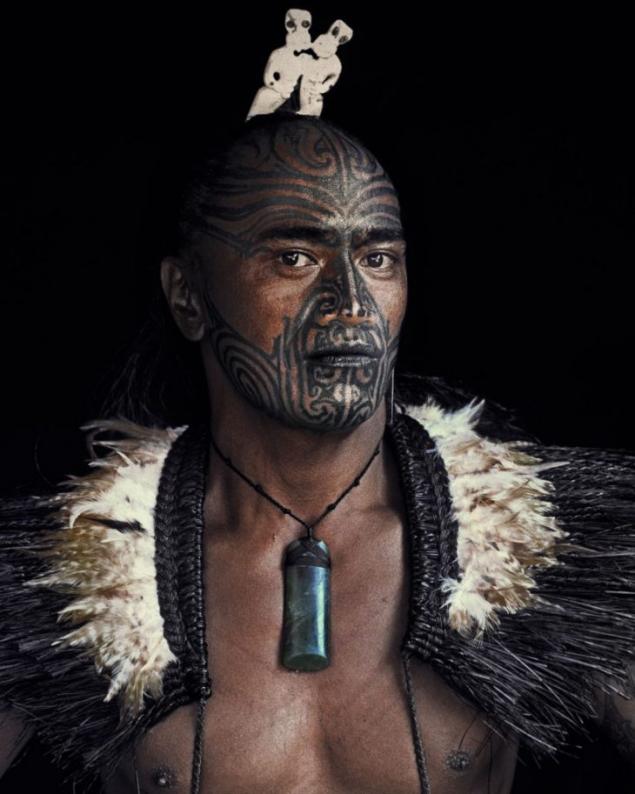
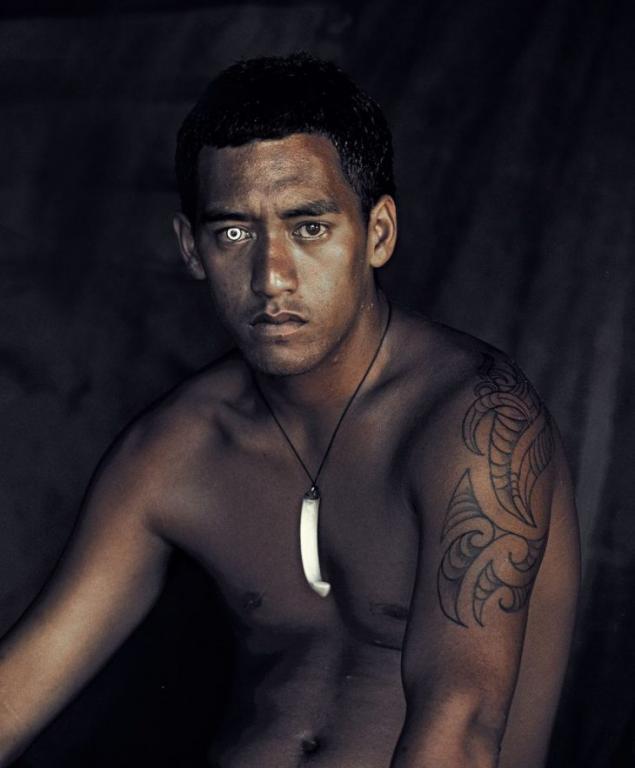
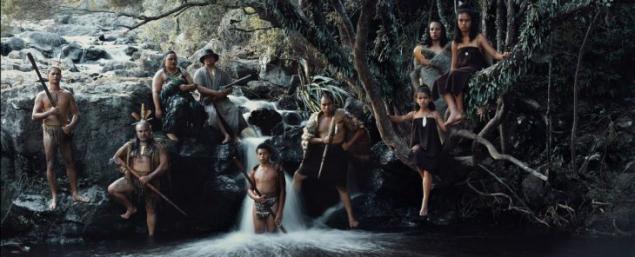
Tribe Goroka, Indonesia and Papua New Guinea
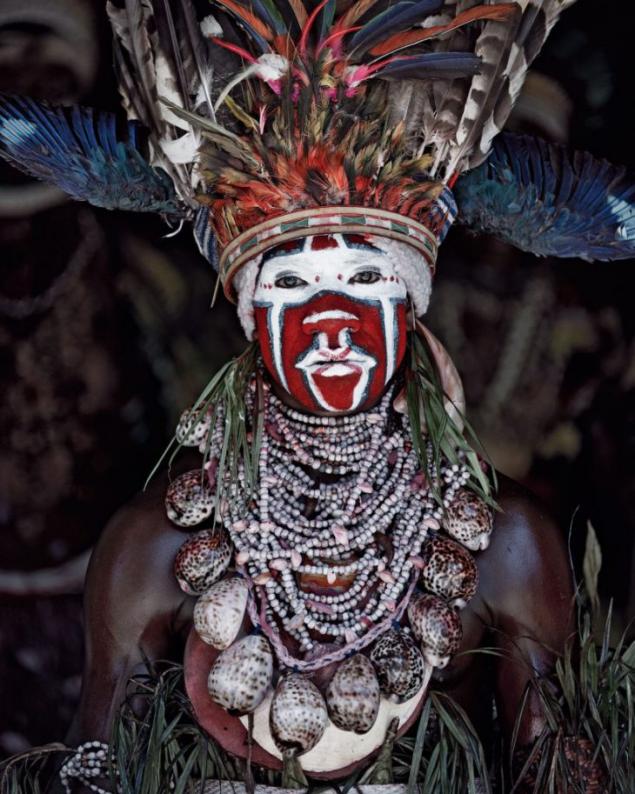
Life in the mountain villages is simple. Residents have enough food to eat, family friendly, people honors the wonders of nature. They live by hunting, gathering and growing crops. There are frequent internecine clashes. To frighten the enemy, the warriors of the tribe Goroka use the war paint and decorations.
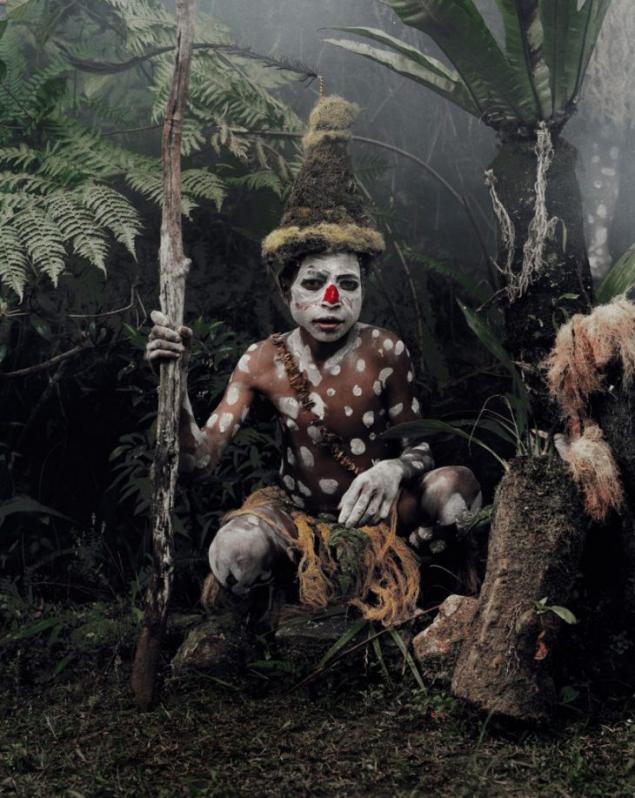
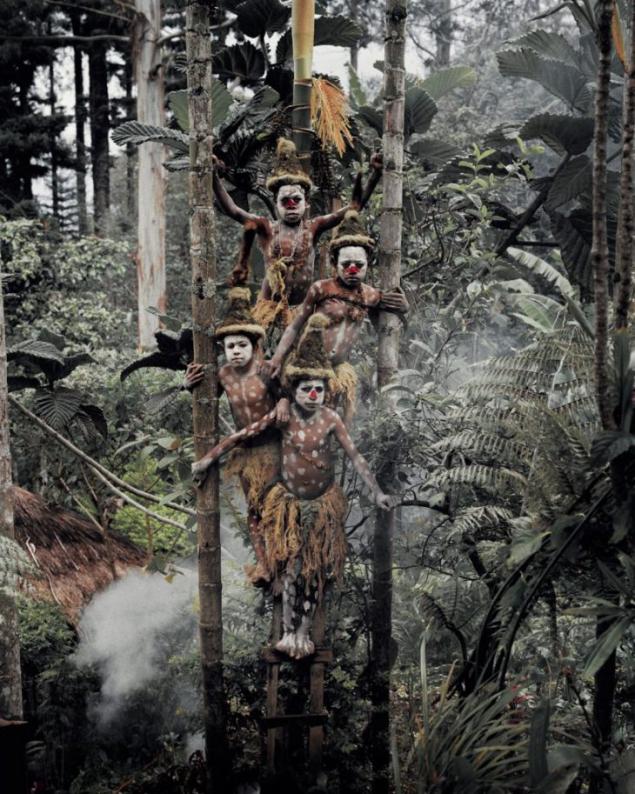
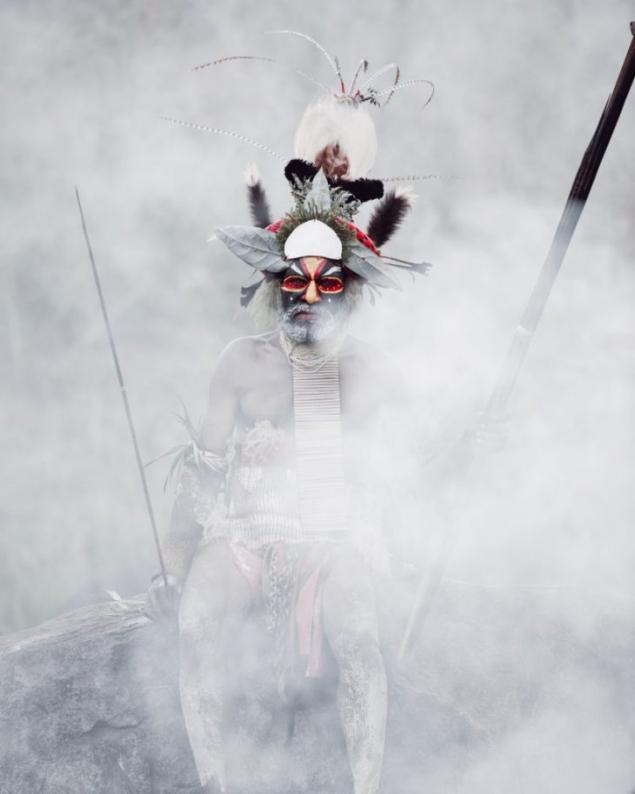
"Knowledge is only rumor until they muscles".
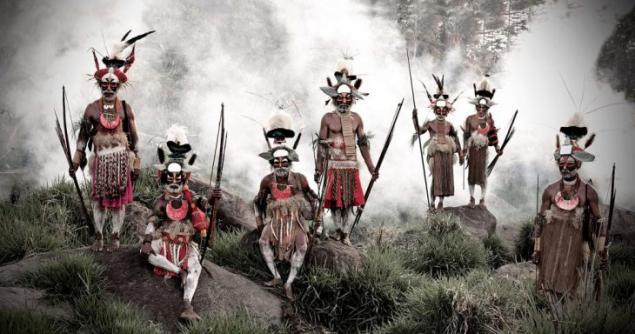
Tribe huli, Indonesia and Papua New Guinea
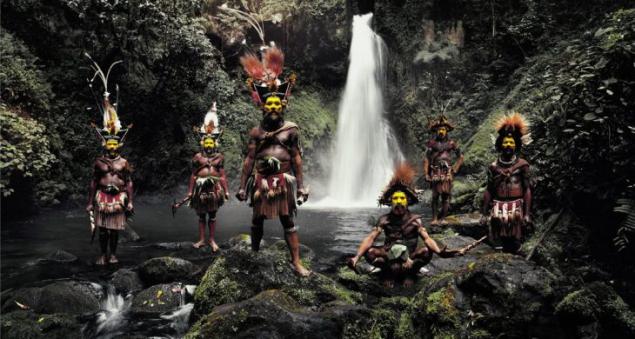
This indigenous people fighting for land, pigs and women. Many efforts they spend on it, to impress the enemy. Huli paint their faces yellow, red and white colors, and is also known for the tradition of making womens wigs from their own hair.
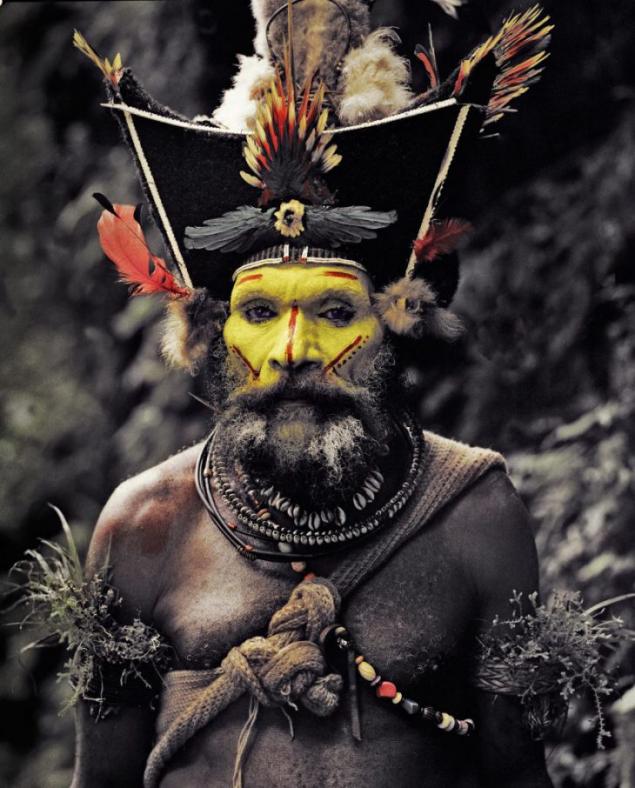
The himba tribe, Namibia
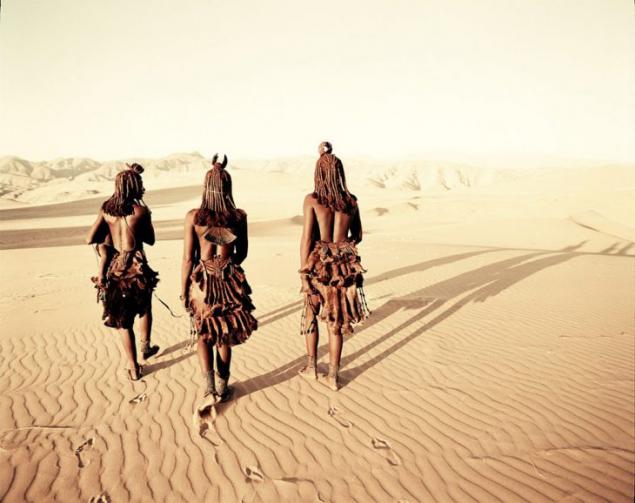
Every tribe member belongs to two clans, through the father and mother. Arrange marriages to expand wealth. Here vital appearance. He speaks of man's place within the group and on their phase of life. Responsibility for the rules in the group are the responsibility of the elder.
The tribe of the Kazakhs, Mongolia
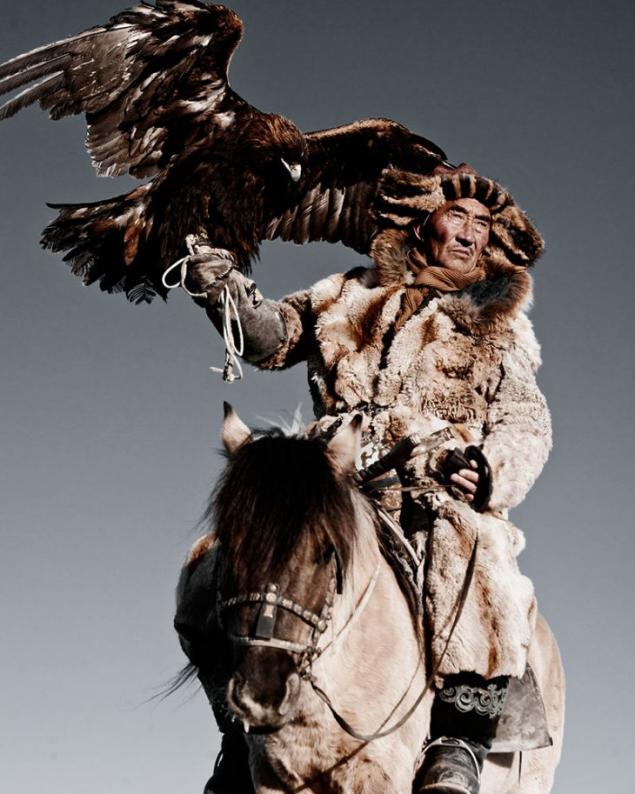
Kazakhs-nomads — descendants of Turkic, Mongolian, and the Indo-Iranian group of the Huns who inhabited the territory of Eurasia from Siberia to the Black sea.
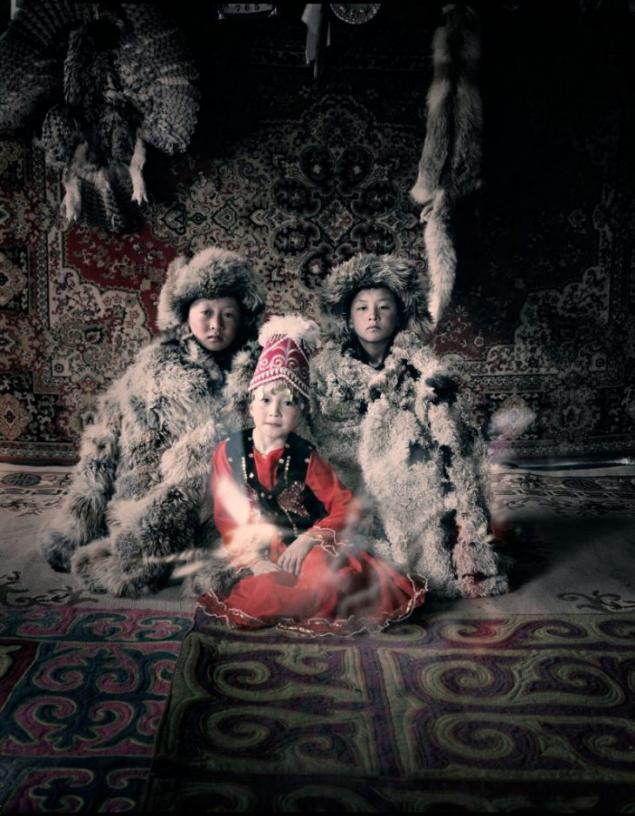
The ancient art of eagle hunting is one of the traditions that Kazakhs managed to preserve to the present day. They trust their clan, counting on their flocks, believe in the pre-Islamic cult of the sky, ancestors, fire and the supernatural forces of good and evil spirits.
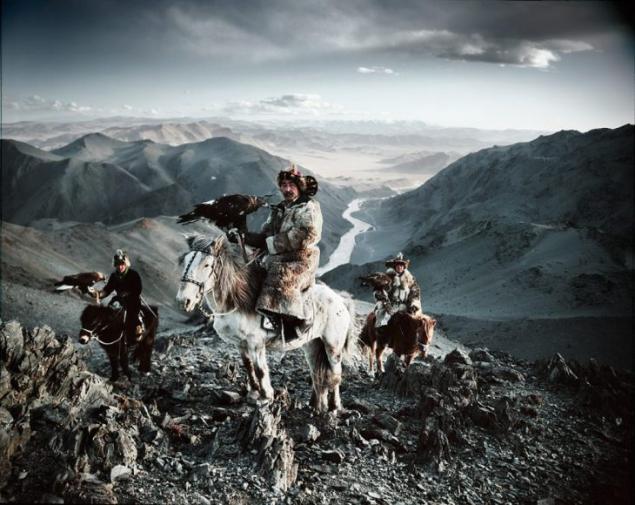
via cameralabs.org/10644-prezhde-chem-oni-ischeznut-fotografii-poslednikh-plemjon-sokhranivshikhsya-na-zemle
15 delicious ways to eat watermelon that you have not heard!
Here's how to distinguish the spirits from forgery: instruction of the 9 steps!
